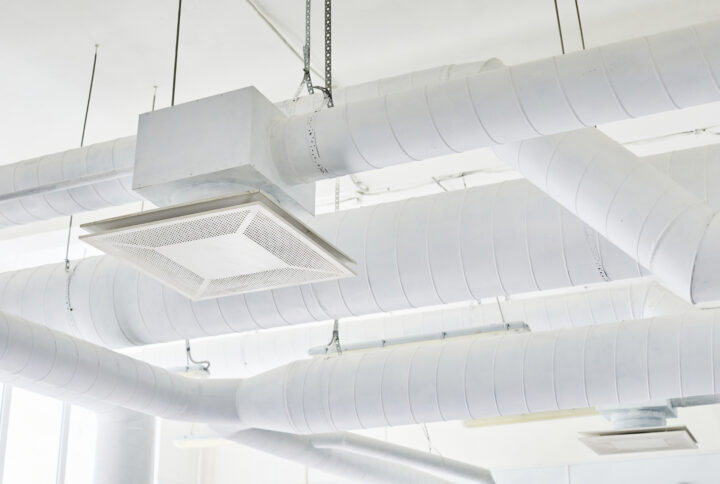The importance of proper lab ventilation:
Several local and national standards must be followed when you are working or carrying out experiments in a laboratory environment. In the UK, the primary legislation is the Health and Safety at Work Act of 1974 and the COSHH Regulations of 2002. These require employers to assess and control risks from both hazardous substances and biological agents.
When considering the handling of hazardous substances or ways to dispose of them, it can be easy to overlook the importance of ventilation in a lab environment. In this blog, we’ll explore the different types of ventilation, how they affect the integrity of your experiments, and why it’s a necessary safety precaution.
What’s the difference between natural and mechanical ventilation?
There are two main types of ventilation required in research facilities and commercial labs. Natural ventilation, which relies on natural forces like wind and temperature differences, and mechanical ventilation using fans and other equipment to actively move air around the building.
Natural ventilation:
Laboratory work often releases chemical fumes, gases, and airborne contaminants, and natural ventilation helps dilute and disperse these substances to reduce exposure risks. However, natural ventilation can be difficult to control and is dependent on factors such as climate and building design. If mechanical systems fail, natural ventilation provides a backup airflow to prevent the buildup of toxic gases.
Mechanical ventilation:
When we talk about mechanical ventilation, we mean air conditioning units, fans, or any kind of ventilation system that helps control the lab environment. It removes hazardous fumes, controls temperature and humidity, and prevents fire hazards by reducing flammable gas buildup. A common example is a fume hood in chemistry labs, which captures and exhausts toxic vapours, ensuring a safe working environment for researchers.
Many experts recommend a hybrid ventilation system when the natural ventilation rate is too low. This system combines natural and mechanical ventilation to optimise airflow and energy efficiency.
Experiment Integrity:
Lab ventilation plays a crucial role in maintaining experiment integrity by controlling environmental factors like air quality, temperature, and humidity. Poor ventilation can lead to contamination from airborne particles, chemical vapours, or biological agents, potentially skewing results. Fluctuations in temperature and humidity can also affect chemical reactions, biological cultures, and precision instruments. These fluctuations can compromise the integrity of experiments, making them unsuitable for analysis and leading to false conclusions.
Safety Precaution:
To maintain proper lab air quality, it’s important to prioritise the use of ventilated enclosures like fume hoods, ensure sufficient air changes per hour, and strictly follow protocols for handling hazardous materials, waste management, and personal protective equipment. All these factors must be considered to minimise employee exposure to hazardous chemicals and remove air contaminants from the work site adequately.
Throughout this blog, we have considered the legal requirements that all labs must follow, why lab ventilation is important and how a lack of ventilation could affect the integrity and regulations of your experiments. We hope you now understand why proper ventilation in laboratories is essential for maintaining a safe and controlled environment.



